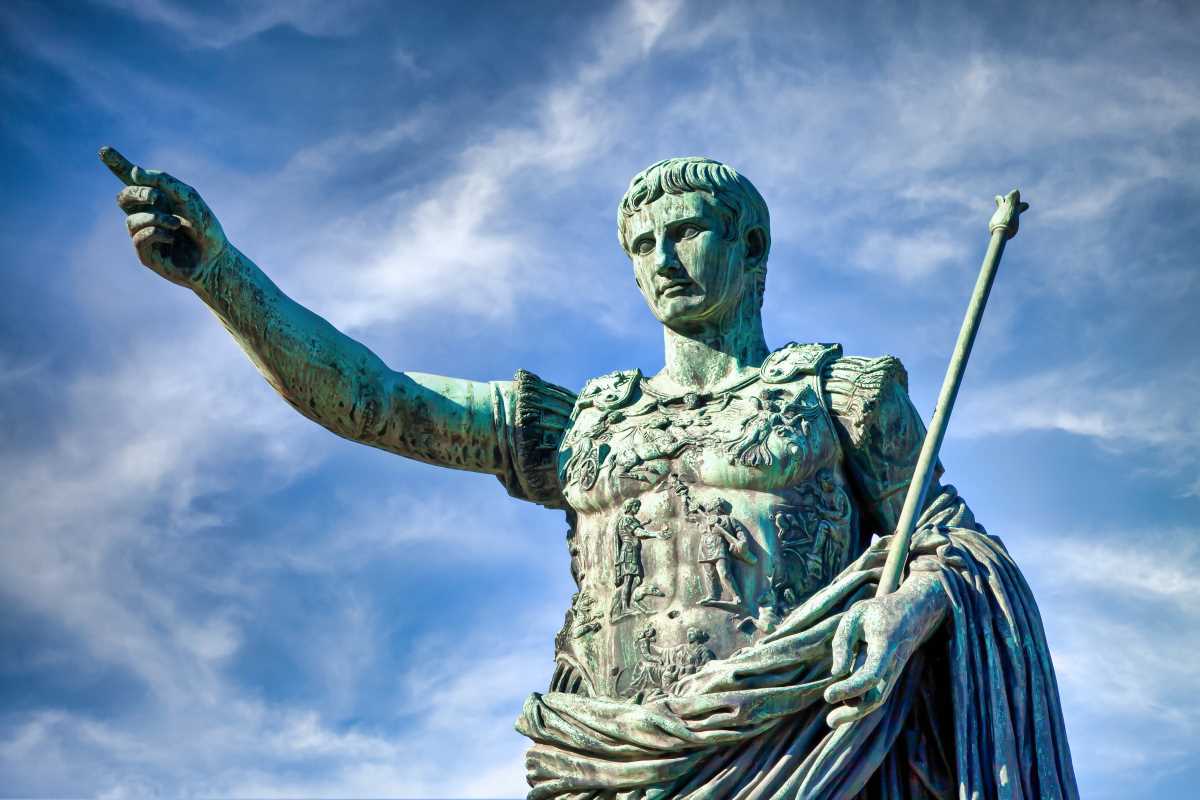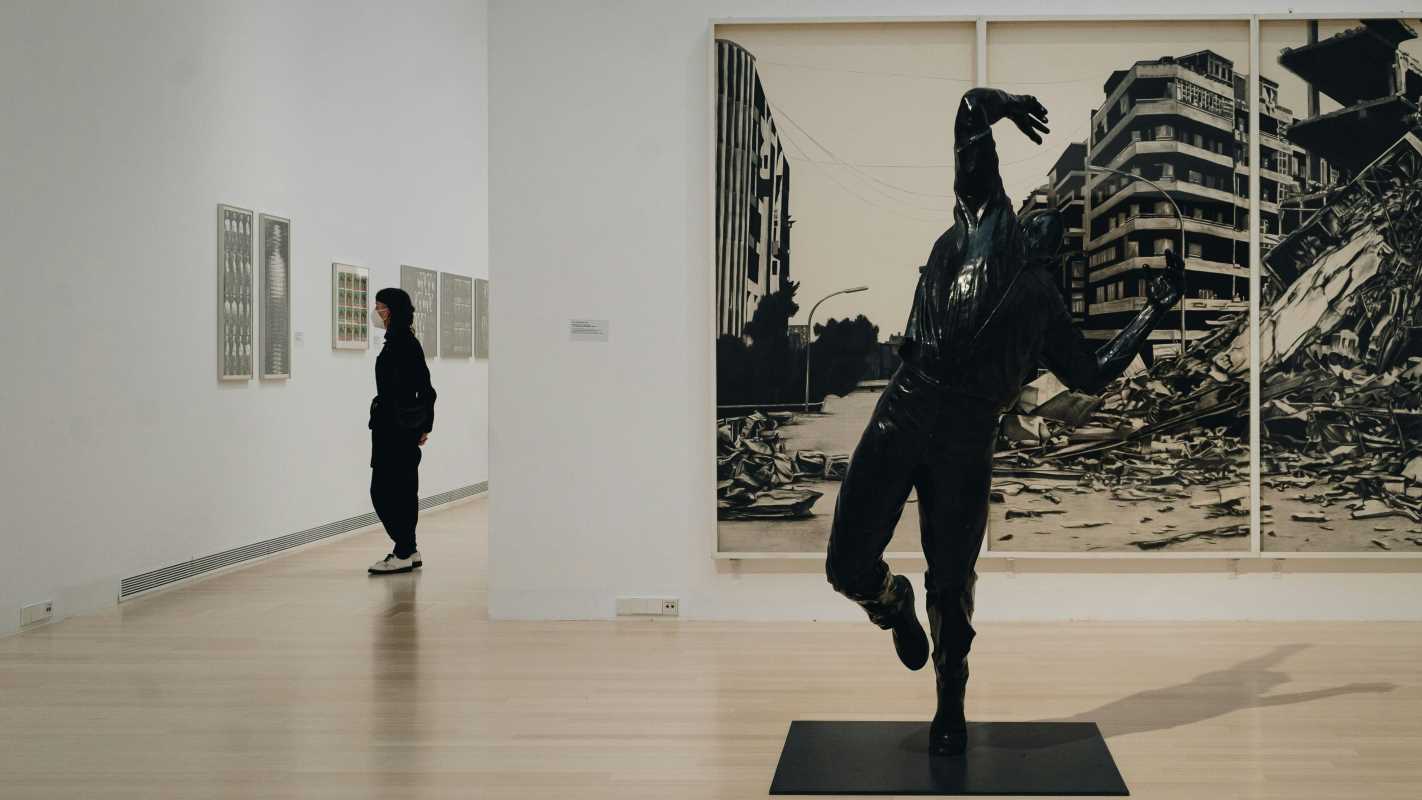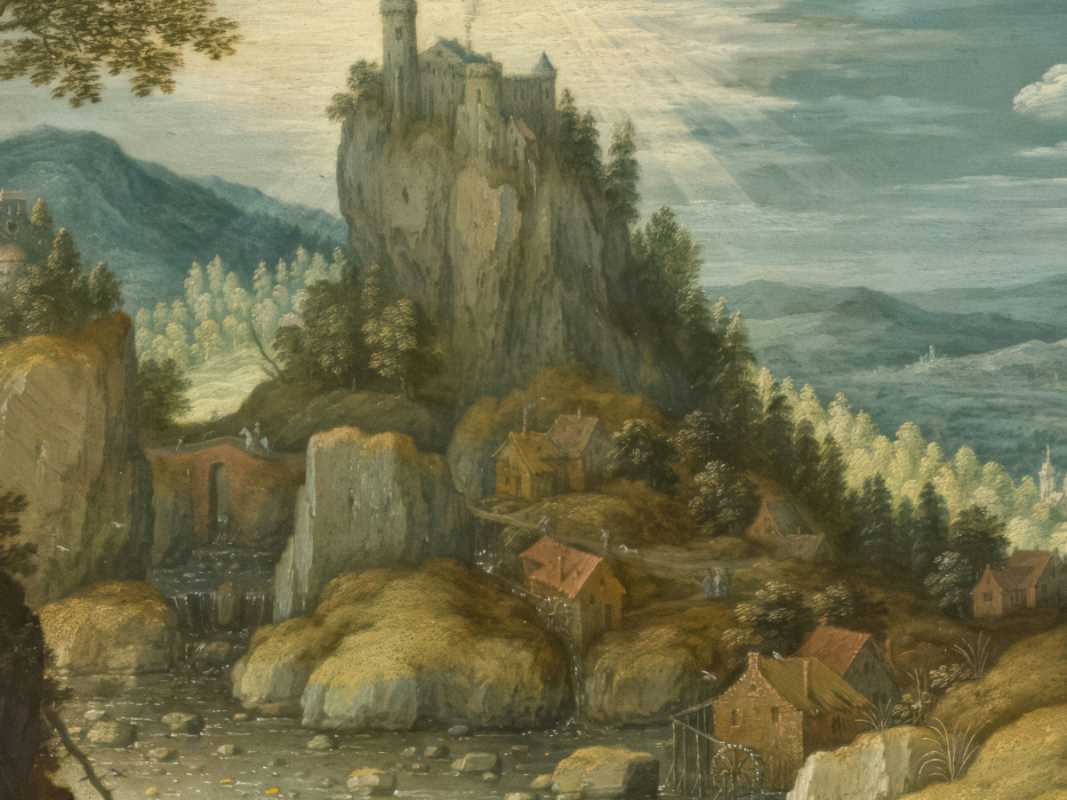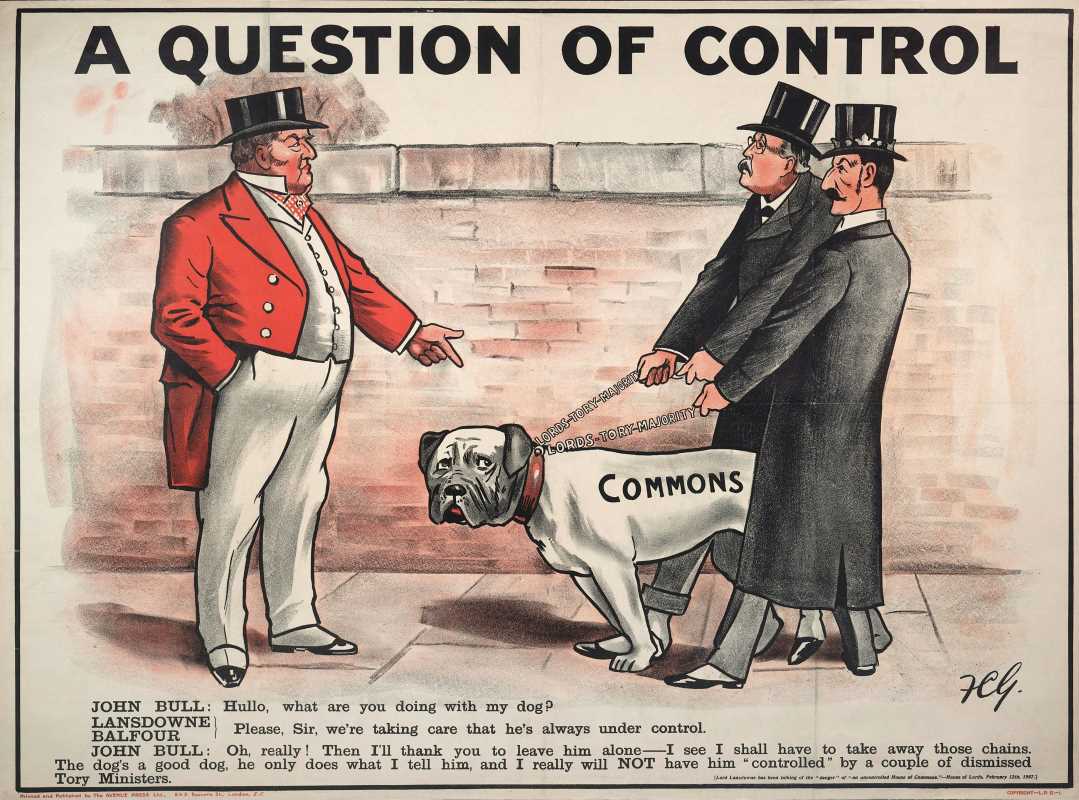Art has always been a mirror for society, reflecting its triumphs, fears, and aspirations. When it comes to the environment, artists around the world have long documented humanity's precarious relationship with nature. From evoking the beauty of untouched landscapes to exposing the scars left by industrialization, these works serve as both warnings and calls for action.
Over decades, art protesting environmental destruction has not only highlighted the damage inflicted on the planet but also inspired movements to rethink how humans and nature coexist.
The Rise of Environmental Awareness in Art
The industrial revolution marked a turning point in humanity’s relationship with the natural world. Artists of the 19th century, witnessing rapid urbanization and the disappearance of rural landscapes, began using their craft to critique early environmental destruction.
The Hudson River School, a group of American landscape painters, used their idyllic depictions of vast forests and wilderness to capture what was being rapidly replaced by industrial development. Artists like Thomas Cole and Frederic Edwin Church celebrated the sublime beauty of nature but also subtly warned against its destruction. Even their most serene works often carried faint hints of human encroachment, signaling a shift that could not be ignored.
Similarly, the Arts and Crafts Movement in England, led by figures such as William Morris, pushed back against industrialization’s environmental costs. Their ethos of handcrafted, sustainable practices was more than an artistic statement; it was a reaction to a growing disconnect between humanity and the natural world.
These early examples demonstrate the beginnings of art as a tool of environmental critique. By urging viewers to value what was disappearing, they set the stage for later activism in creative spaces.
Protest Through Imagery and Activism
The 20th century saw unprecedented environmental degradation due to industrial growth, resource exploitation, and the expansion of urban areas. With this new wave of destruction came a more urgent and direct form of protest art.
One of the most striking examples is the Land Art movement of the 1960s and 1970s. Artists like Robert Smithson and Nancy Holt created monumental works that interacted directly with the environment to both critique its destruction and find harmony within it. Smithson’s Spiral Jetty, for instance, transforms an industrially scarred landscape into something breathtaking while subtly alluding to the cyclical nature of ecological resilience and degradation.
Photographers like Ansel Adams also played a critical role during this period. Adams’ black-and-white landscapes of national parks were more than stunning images; they became symbols for conservationist movements. His work directly contributed to the expansion of protected natural areas in the United States, proving that art could influence public policy and foster a deep emotional connection to nature.
At the same time, activists on canvas tackled issues like deforestation and pollution head-on. Artists such as Agnes Denes, who planted a wheat field in Manhattan (Wheatfield - A Confrontation), directly challenged the environmental impact of urban development. Her powerful juxtaposition of farmland amidst skyscrapers raised pressing questions about resource allocation and urban priorities.
The Global Movement for Environmental Justice
Art protesting environmental destruction is not limited to the Western world. Across the globe, artists have drawn attention to the exploitation of natural resources and marginalized communities bearing the brunt of environmental harm.
Aboriginal Australian artists are an important example. They’ve long used traditional dot painting and ceremonial art to share stories about the land, emphasizing its spiritual importance and warning against its exploitation. Works by artists like Emily Kame Kngwarreye reveal the interconnectedness between indigenous culture and the environment, articulating a vision of the natural world that mainstream environmental movements often overlook.
Similarly, artists in South America, such as those in Brazil, have produced works that center on the destruction of the Amazon rainforest. Sebastião Salgado’s photography captures both the devastating impacts of mining and deforestation but also the resilience of communities living in harmony with the forest.
African artists have also taken a leading role in recent decades. Ghanaian artist El Anatsui, for instance, creates striking sculptures out of recycled materials, demonstrating the possibilities of repurposing waste into something beautiful. His work serves as both a symbol of environmental creativity and a critique of the waste produced by global consumerism.
These global expressions of environmental protest underscore the deeply intertwined relationships between culture, geography, and ecological challenges.
Installations and New Media for a Changing Climate
By the late 20th and early 21st centuries, global climate change emerged as the primary concern for environmental activists, and artists adapted to this rapidly evolving crisis. Installations, performance art, and digital media became prominent tools for engaging audiences in the urgent conversation about climate action.
Olafur Eliasson’s Ice Watch installation involved placing melting blocks of glacier ice in urban areas to make the impacts of climate change tangible. By allowing people to touch and engage with the ice, Eliasson created a visceral experience that turned abstract data about rising temperatures into a deeply personal encounter.
Banksy’s art has also been central to raising awareness, blending street art with environmental critique. His piece There Is No Planet B exemplifies his biting commentary on humanity’s failure to address climate disasters. Similarly, Shepard Fairey has used posters and graphic art to support environmental movements, combining striking visuals with bold messaging to galvanize action.
Digital platforms have expanded the reach of these messages, allowing eco-artists to connect with a global audience. From virtual reality experiences that simulate deforestation to interactive exhibits about rising sea levels, the mediums of artistic protest have evolved alongside the urgency of the issues they address.
Artworks today blend these formats to amplify the message that environmental action cannot wait.
Art's Role in Inspiring Change
The ultimate power of art in environmental protests lies in its ability to make abstract or unseen issues tangible. Through imagery, sculpture, and performance, it personalizes the ecological struggles people may otherwise dismiss. It is one thing to know about deforestation; it is another to stand in an installation that simulates its effects.
Artists often reach where policies and slogans cannot. Chris Jordan’s Midway series, which depicts the impact of ocean pollution on birds and marine life, has forced viewers to confront the consequences of disposable culture. Rather than simply stating facts about plastic waste, the haunting imagery conveys a stark, emotional truth.
More than raising awareness, many artists collaborate directly with environmental movements to push for tangible change. The Climate Museum in New York, for example, bridges the gap between art and activism, hosting exhibits that center around sustainability and justice. These initiatives empower communities to see the environment not just as a backdrop for life, but as something deserving of care and protection.
Environmental protest art does not merely document destruction; it inspires responsibility. By challenging audiences to care deeply, it plants seeds for awareness that lead to action.
A Call to Protect
Across decades, artists have risen to the challenge of confronting environmental destruction. From solemn landscapes mourning what has been lost to provocative installations urging immediate action, their work reflects and amplifies society’s relationship with the natural world. Art creates a space where environmental issues transcend facts and figures, becoming emotional, imaginative, and urgent.
By bridging past traditions with new approaches, today’s environmental art continues to evolve. It challenges apathy, sparks dialogue, and shows us that while destruction may persist, creativity and advocacy remain equally resilient forces. Through these revolutionary works, we are reminded of art’s enduring power to protect what sustains us all.

.jpg)





